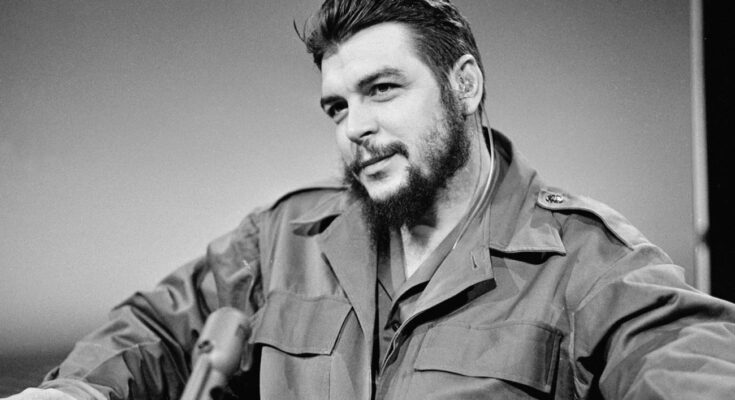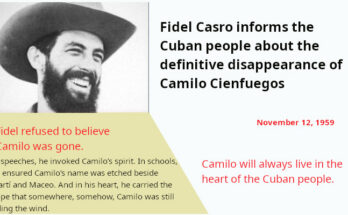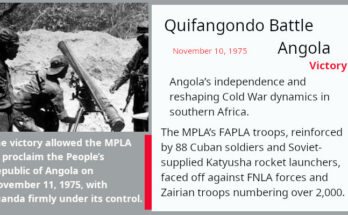Three decades were not enough to discourage the Cuban people from searching for the remains of the heroic guerrilla and his comrades.
After the triumph of the Cuban Revolution in 1959, Ernesto Guevara de la Serna, known as Che Guevara, played an important role in building the new society. However, some Latin American countries still needed armed struggle for their liberation, so he joined the Bolivian cause in 1966. There he was captured and killed in October of the following year.
His body, as well as that of the guerrillas who accompanied him, was hidden in an old airport in Valle Grande. The mobilization of Cuban specialists and institutions to find him and offer him eternal rest in his second homeland was swift, but the search dragged on. It was on June 28, 1997, 30 years later, that the remains of Che Guevara and his companions were discovered. The news shocked not only Cuba but the world.
This was followed by an extensive process of identification and return to Cuba, where his remains rest to this day. They are housed in Santa Clara, the city where he performed important military feats.
The discovery of Che Guevara’s remains was marked by the determination of a comprehensive team of Cuban specialists, including forensic scientists, geologists, biologists, and historians, in addition to international cooperation.
This is not a superficial event, but evidence that Cuba supports and remembers its heroes in life and in death.




